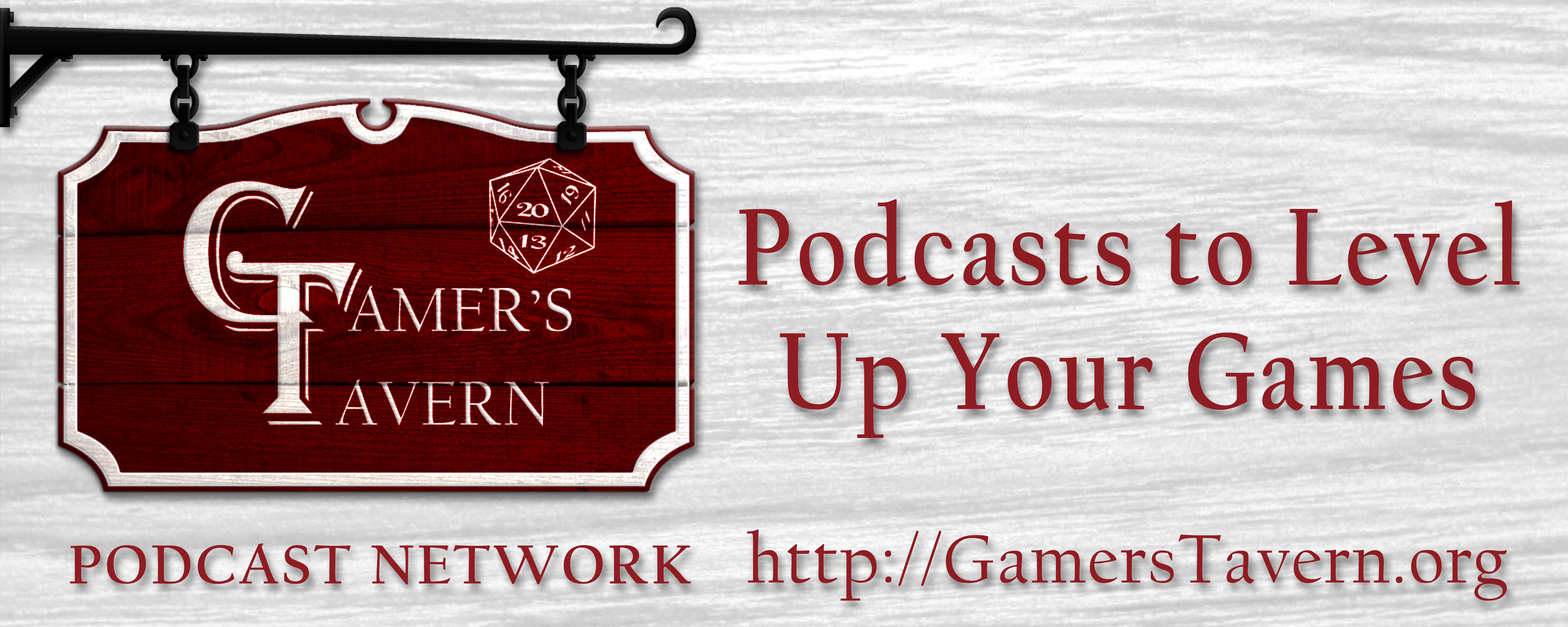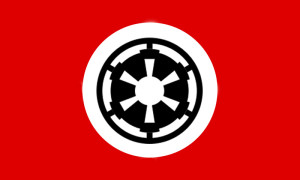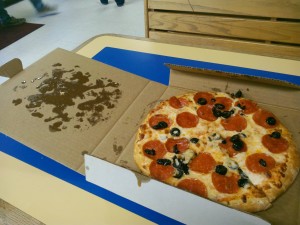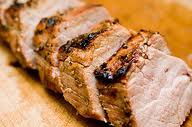Since we talked about worldbuilding on the last episode before the Awards, I thought I might go into some more detail about the subject. If you listened to the episode, a lot of this will sound familiar because, well, it’s what we talked about on the show. However, I thought it might be helpful to see some of these ideas in context and in practice, so this is what I’ve done so far to design a world I’ve been working on recently. The name of this world – or at least the main country – is the Empire.
Not that Empire…but close! (Image by Jax5485, Deviant Art, Licensed CC Att NC ND)
Step One: What Am I Doing?
The first step in building any world is to figure out the purpose of the world, specifically what sort of stories you’re wanting to tell. In this case, I want to create something humorous to play on the tropes and tired cliches of heroic and high fantasy both. Basically, a comedic deconstruction in the style of Edgar Wright films like Shaun of the Dead and Hot Fuzz. That means I need a both a lot of flexibility in multiple lands and their laws, as well as needing a vast evil empire that spreads darkness across the land.
So I decided to model it on various empires in the early history of civilization, particularly the Persians. (Note: I am not saying the Persian Empire was evil, but they were an empire and that is what I’m drawing from.) While technically other nations and city-states were subjects to the Persian Empire, areas self-governed for the most part so long as they did not contradict Persian law and paid their taxes.
The Roman Empire operated in a similar manner in the more remote regions of the empire or away from larger population centers. Every few years, a small village or town saw a legion showing up. These heavily armed and armored professional soldiers demanded money, like some sort of bandits. This small village didn’t know they were part of the Roman Empire, they just thought they were getting robbed. The soldiers, however, were just doing their duty for the Empire collecting their due. If that’s not comedy waiting to happen, I don’t know what is.
By taking this approach, I get the best of both worlds. I can have various small city-states and principalities with different laws and cultures, but I also get my vast empire I can paint as the Evil Bad Guys of Doom. There’s the foundation for The Empire. At least that’s what they’re called by most people, but the full name I haven’t decided on yet. It’ll be something like The Dal’Karthyn Reagency of the K’Kal-Torgan Bretheran and the Fylgrym Empire or something just as silly. Again, affectionate parody.
Step Two: Where Are We Starting?
So I’ve got a basic structure for the world, so now I need to figure out where we’re starting. Again, this is because my process is to start small, paint everything else with a broad brush, and fill in the details as necessary. So where should I start?
Well, the story I’m wanting to tell involves putting the PCs on their heels right off the bat. I want them worried. Therefore, they start off about to be executed by the Empire for some reason. Now, I don’t want to start off in the capital city or a stronghold of the Empire to give them a better chance at getting away. So I’m starting them off away from the core of the Empire’s power, somewhat remote so I can play on the typical random-encounters, dungeon caves, etc. thing. But I still want them near a busy area. So that means a remote principality-sized area, near a major city. So what sort of city would still be important but be away from the center of an Empire? Probably a major trading port.
So that makes things pretty clear. They’re in a small principality that’s a few days away from a major port city, but weeks away from the Imperial capital city. The principality has no authority over the port city, though, because I want to model that city on places like Waterdeep from Forgotten Realms and Sanctuary from Thieves World. I also want the city to be ruled by a small-scale tyrant who is a combination of King Joffrey and the caricature of Napoleon that has been spread through the ages. Someone cruel with an overblown ego who feels that he’s far more important than he actually is. So that means they’re under separate jurisdiction.
So that gives me a really good starting point to start fleshing things out.
One method of creating a map. (Image: yefimovich from Reddit)Step 3: But What About the Rest?
We know where we’re starting, but what about the rest of the world? Well, again, I’m not working on a published setting (yet), so I don’t need a whole lot of detail on those just yet. However, I would like to flesh out the world some. This is the point in which I draw a map. Except I have less artistic talent than an elephant.
The link in the picture above is one method of generating a map and, honestly, one I used before. What you’re wanting are fractals. I’m not a mathematician, but basically fractals exist everywhere in nature. The best place to find them, aside from grease stains, are existing coastlines. See, the variations in a coastline scale. So it doesn’t matter if you look at the coast of North America or tighten in on just Crystal Beach, TX; the amount and intensity of the variations stay the same on a map. What was a small creek becomes a massive river, and a small sand dune becomes an island nation. You can also go the other way, with Florida becoming just the peninsula for a light house and the Mississippi River an irrigation ditch. So you can take any island you want, adjust the scale, and turn it into a continent.
Even though I just suggested another method, I really do like the pizza method above. If you didn’t click on the link, basically buy a greasy pizza, flip it upside down for a moment, then flip it back over. Outline the grease stains on the lid of the pizza box and you’re done. This can also be done with wrappers of other greasy foods (like the paper wrapping a hamburger or at the bottom of a basket of fries), or you can use other methods that involve putting a liquid on paper in a way you can see them. Ink blots, paper towels after cleaning a spill, a kleenex after you’ve sneezed. All of these create organic patterns for overland maps.
 NO NO NO NO NO!!!! BAD READER!!!!
(Image: Wikimedia Commons)
NO NO NO NO NO!!!! BAD READER!!!!
(Image: Wikimedia Commons)
So now that I have my map by whatever method I pick, I start creating land features. Rivers flow down from mountains and flow into each other as they go toward the sea unless acted upon by outside forces (like the Mississippi River Delta). Mountains tend to rise along fault lines on tectonic plates unless they’re volcanic. Mountains and large bodies of water disrupt weather patterns, creating features like swamps, deserts, plains, rainforests, and more. A good place to start is this Wikipedia article on Landforms and just clicking on links.
After I’ve got most of the world mapped out, I start working on political boundaries. These tend to be along rivers or other major geographical features. Before GPS and other technologies, they were a great shorthand for dividing things up. Unless a dam is involved or a major landmass change like an earthquake happens, rivers don’t move very much and don’t require special geographical measurements.
If you want to be historically realistic and add some extra flavor, I’d throw in some disputed areas. The Duchy of Halforth says that their border is the Half-Hand River, while the Galforth Republic says it’s the Yeoth Canyon. One of these existed in the early 1800s as the border between Texas and Louisiana was in dispute – one side said it was the Sabine River while the other said it was the Calcasieu River. This created a disputed land that neither side could enforce laws upon without causing a political incident (if not an outright declaration of war), so various outlaws took advantage of it. The pirate Jean Lafitte became a bit of a cult hero in my neck of the woods for doing just that.
It’s also important to remember to take politics and economics into account. Why would a tyrannical Empire allow the sort of lawless city like Hannisport (the Waterdeep/Sanctuary city I talked about earlier) exist? Because without it, a good part of their Empire would go without necessary supplies. It’s a trading hub, so the Empire must make concessions to avoid negative repercussions. If they try to enforce stricter laws or controls on the city, the current power players would move to another one, taking much of the shipping and goods with them. If the Empire comes down too hard on black markets and smugglers, they’ll just drive them further underground and make them harder to monitor. Leaving them in place and with a hands-off approach allows the Empire to keep an eye on things and step in when they go too far.
Step 4: Player Agency
So now that you’ve got all this in place, you’ve got a solid foundation for your world. This is enough to start running a game, and you can do more work later. Make sure to leave lots of white space, though, so you don’t paint yourself into a corner. You never know when you might have an awesome idea later on, and you don’t want to have to abandon it because you already over-defined something.
Another reason you want whitespace is that you never know what awesome ideas your players may come up with. Like I said above, I’m starting off this campaign by having the PCs sentenced to death by the Empire. I’m not, however, telling them why they’re sentenced to death. They get to decide that. I’ll come up with some capital crimes and talk with them to establish what their characters did to deserve death in the eyes of the Empire, but I’m not going to restrict them to my list either. You never know what cool capital crime they might come up with.
I also plan to leave most countries aside from the largest factions in the Empire ill defined so that the players can have room to create the characters they want. Maybe they want to be a part of a nomadic tribe that claims a region in a hilly grassland. Maybe they want to be an Academy-trained mage on a school-mandated trip exploring the world. Do I have an Academy? Well, no, but it makes sense for the setting so go with it (similar to what Colin McComb and Darrell Hardy talked about with a “slaver’s guild” in the podcast). As long as I make it clear what I’m trying to do with the setting, the players should be on board and be able to work something out that fits both what I want to do and what they want to do.
Another reason why I wanted to go with the “City-states ruled by an Empire” style world was so the characters could have an effect. Sure, the goal of the campaign is probably going to be overthrowing the Empire, but that’s way down the line. The PCs can make a difference on a smaller scale, though, in every small area they’re in. Break up the orc tribe waylaying traders and they save a village. Overthrow the corrupt Duke ruling a small country, and they free that area. It allows them to make a difference even if they’re not powerful enough to take on the Big Bad just yet. Like Darrell Hardy said, Agency Nodes.
And in conclusion…
So that’s my process for worldbuilding. You’ve also got a bonus glimpse into a campaign setting I’m working on for some other projects I’ve got in development. Like I said on the podcast, a single DM has nothing to fear from Cease and Desist orders, and the Intellectual Property Police aren’t going to bust down your door if you steal from books and films. The best in fantasy fiction are the best because they build amazing worlds, so learn from the masters and don’t worry about flat out ripping them off. Unless you’re building something to publish and sell, it’s not a concern for you. So now that you’re well-armed with my amateur advice as well as the words of experts from the podcast, go forth and create worlds of your own!






One thought on “How I Created an Empire”
Looks like fun! It’s a very player-centric way of doing things, which is great for RPGs – especially home campaigns.
One other thing you might want to consider is coming up with some specific element that makes your world unique – or at least, different from a hundred other fantasy realms. Maybe the empire is run by telepathic lizard men? Or the sky occasionally storms magical, mutagenic rain? Or teleportation is as cheap and reliable as air travel is today. Or…
You get the idea. One element can help your world stand out and, as it seeps through the fabric of the place, puts your own personal twist on the standard fantasy tropes.